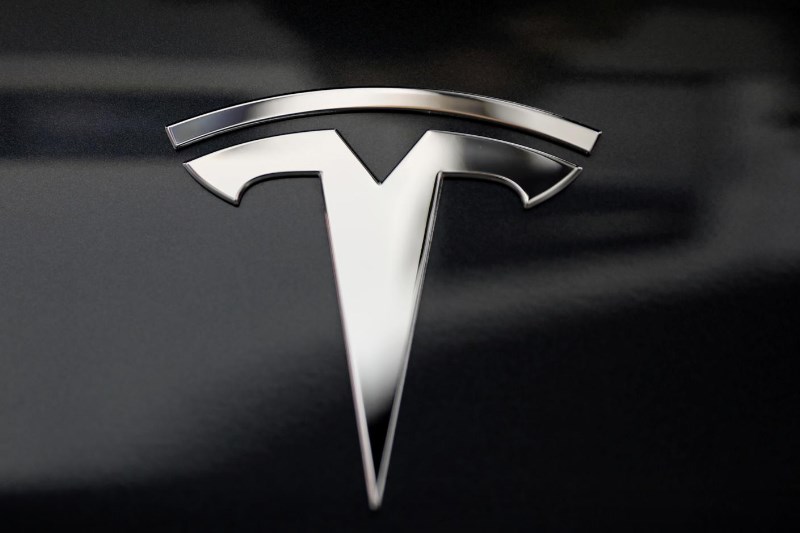This post was originally published on this site
https://i-invdn-com.investing.com/trkd-images/LYNXMPEJ9I0NM_L.jpg
DETROIT (Reuters) – The United Auto Workers and the Detroit Three automakers are stuck in a standoff over wages and union representation at future electric vehicle battery plants, with Tesla (NASDAQ:TSLA) and Chinese rivals looming over the bargaining tables.
UAW President Shawn Fain is pushing negotiators for General Motors (NYSE:GM), Ford (NYSE:F) and Chrysler-parent Stellantis (NYSE:STLA) to open the doors for the union to organize future battery plant workers, and to raise wages at their respective joint-venture battery plants to match assembly workers’ pay.
UAW and Detroit Three negotiators are exploring different options, including deploying workers displaced from UAW-represented factories to new battery operations, said people familiar with the discussions, who asked not to be identified.
But a breakthrough has eluded bargainers as costly strikes drag on. “The UAW is holding the deal hostage over battery plants,” said Ford Chief Executive Jim Farley on Sept. 29.
Without disclosing details, Fain told UAW members on Oct. 6 that GM had agreed to include workers at Ultium LLC joint venture battery factories under the umbrella of its national agreement with the UAW – even though Ultium is a separate company that GM could choose to exclude from the talks. Since then, the union has not announced an agreement on battery plant issues with GM or the other automakers.
In effect, Fain is demanding that workers get a greater share of the $35 per kilowatt-hour in U.S. government battery cell manufacturing subsidies the plants hope to reap from U.S. President Joe Biden’s Inflation Reduction Act (IRA).
The flow of cash from the IRA could be substantial. For example, 1,300 workers at GM’s Ultium LLC battery plant in Northeast Ohio could some day produce 35 gigawatt hours of batteries annually, or 13 kilowatt-hours for each hour in a worker’s 40-hour week.
At full capacity, the plant could generate an average $454 in subsidies per worker per hour in return for wages starting at $21 per hour, based on figures disclosed by Ultium. The actual subsidies would depend on the real production of usable batteries, and achieving domestic content targets for the materials. Automakers would split the subsidies with their battery partners.
The automakers see the IRA subsidies as necessary to cover more than just direct labor costs. Automakers want the federal money to offset billions invested in new factories, domestic battery supply chains and vehicle development in order to comply with regulatory demands to slash their carbon output, people familiar with the discussions said.
GM told investors last year that U.S. subsidies could add $3,500 to $5,500 per vehicle in pre-tax profit for each EV it sold.
COMPETITIVE WITH TESLA AND CATL
Automakers have said their labor costs must be competitive with Tesla and other battery manufacturers whose U.S. operations will get the same federal subsidies, but have more flexible work rules and pay less than the $32 an hour top wage earned by UAW workers in Detroit Three factories.
Detroit automakers also worry that Chinese battery makers such as CATL, whose costs are substantially lower than theirs, could eventually breach trade barriers that have discouraged them from entering the U.S. market.
CATL has a deal with Ford to produce low-cost lithium-iron batteries at a Michigan factory, though that project is now on hold.
Fain has rejected the automakers’ concerns about Tesla as a “race to the bottom.”
GM’s proposal to the UAW would create an independent bargaining unit under the UAW master contract for Ultium production workers, people familiar with the discussions said.
The company would use data on the labor costs at competing battery makers, including Tesla, as benchmarks to determine what wages and working conditions should be at Ultium factories to assure they are producing battery cells at competitive costs, the sources said.
Stellantis has discussed opening jobs at joint venture plants to workers displaced from operations such as the shuttered Jeep assembly plant in Belvidere, Illinois, people familiar with the situation said.
Stellantis and Samsung (KS:005930) SDI have announced plans to build two EV battery plants in Kokomo, Indiana, employing up to 2,800 workers in total. The first factory is scheduled to start production in early 2025.
Ford officials have not disclosed details of their proposals for battery plant wages or unionization.
“It’s a very complex area, because these are joint ventures. The plants aren’t even built yet. We haven’t hired the workforce yet. The workforce isn’t unionized yet. Yet, we are very open to working with them on a way forward on the battery plants,” Ford executive Kumar Galhotra said on Oct. 12 of talks with the UAW.

